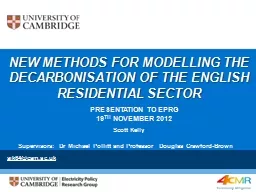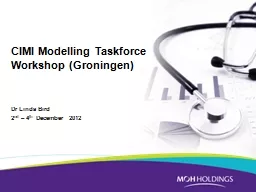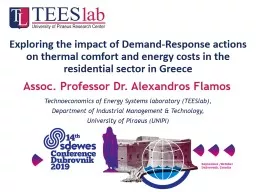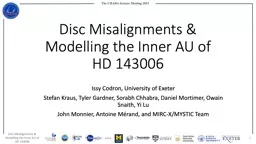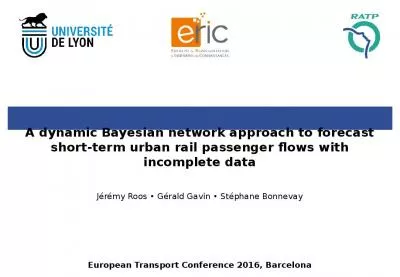PPT-New methods for modelling the Decarbonisation of
Author : olivia-moreira | Published Date : 2019-03-15
the English residential sector sjk64camacuk Presentation to EPRG 19 th November 2012 Scott Kelly Supervisors Dr Michael Pollitt and Professor Douglas CrawfordBrown
Presentation Embed Code
Download Presentation
Download Presentation The PPT/PDF document "New methods for modelling the Decarbonis..." is the property of its rightful owner. Permission is granted to download and print the materials on this website for personal, non-commercial use only, and to display it on your personal computer provided you do not modify the materials and that you retain all copyright notices contained in the materials. By downloading content from our website, you accept the terms of this agreement.
New methods for modelling the Decarbonisation of: Transcript
Download Rules Of Document
"New methods for modelling the Decarbonisation of"The content belongs to its owner. You may download and print it for personal use, without modification, and keep all copyright notices. By downloading, you agree to these terms.
Related Documents

